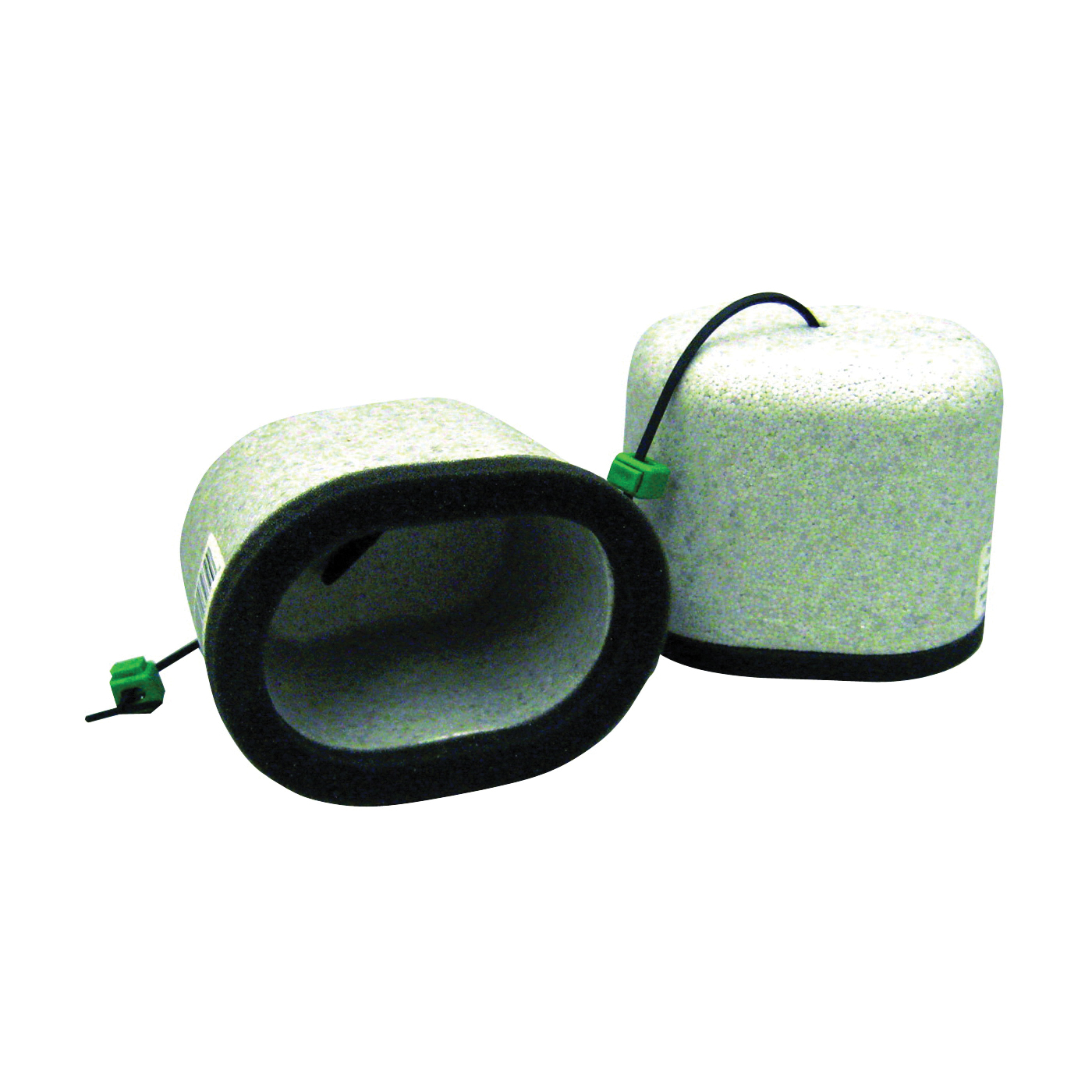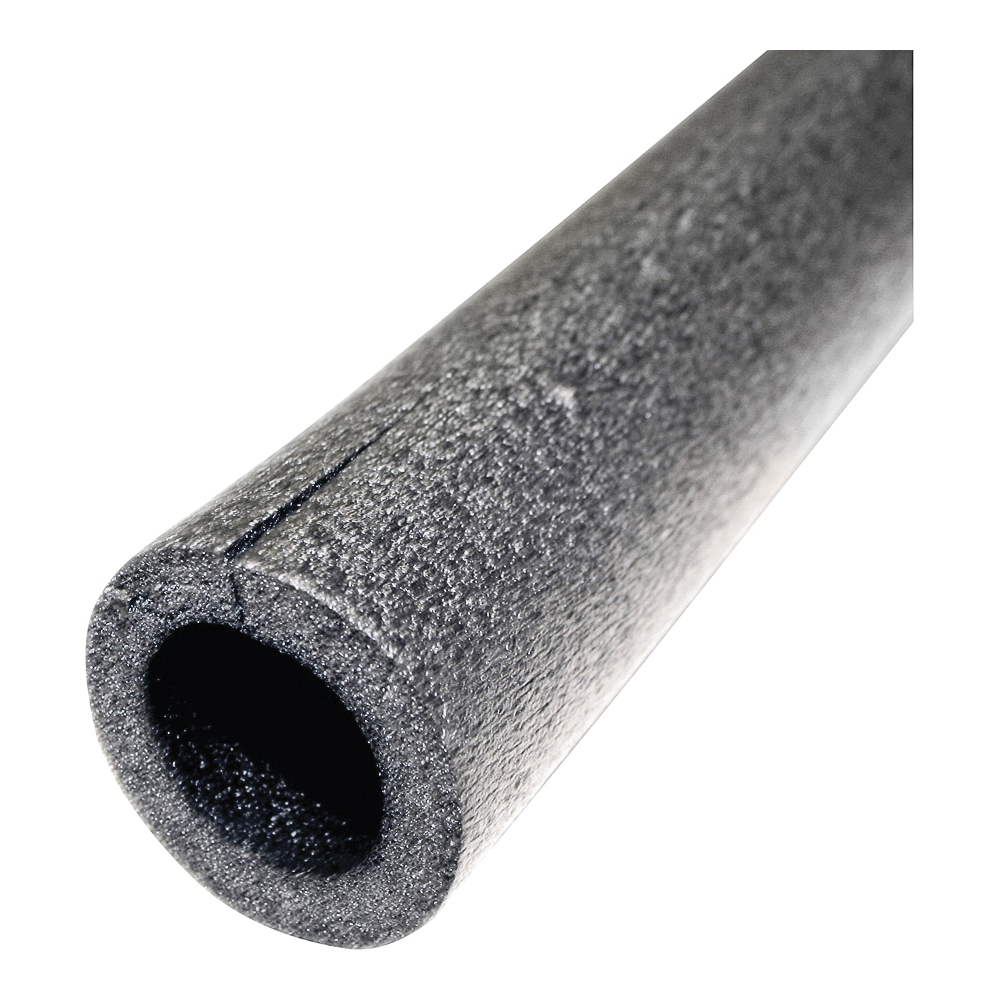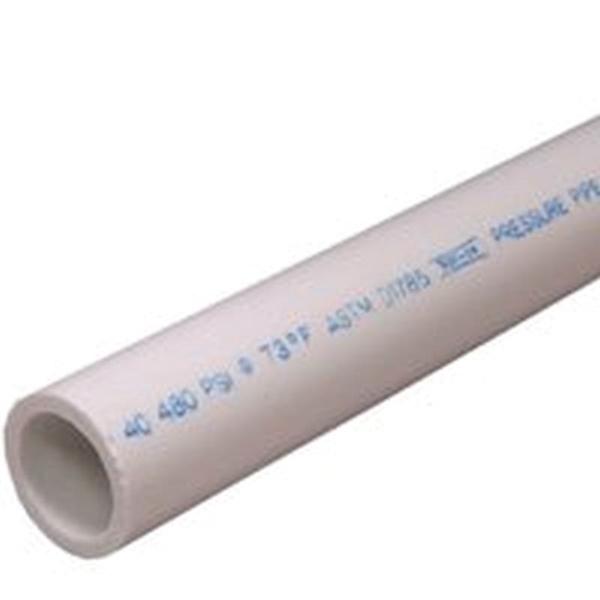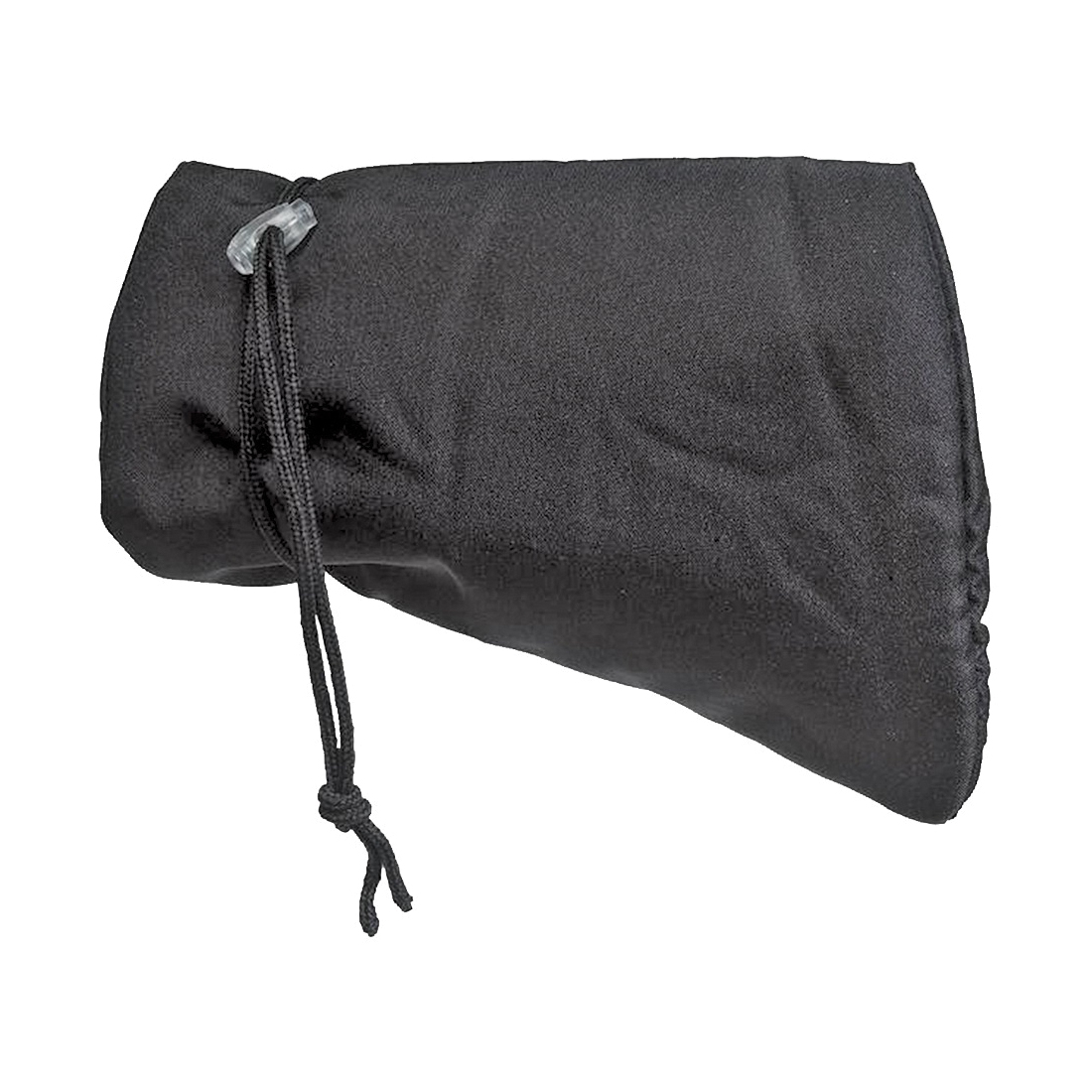

7 Quick Tips to Get Your Home Ready for a Freeze
If you’re one of those people who has a never-ending to-do list (and hey, how many of us born-to-builders don’t?!) then you probably know that feeling of waking up in the middle of the night, realizing there are projects still waiting. Usually, that’s not a problem. After all, there’s always tomorrow. But, if you skipped your regular home winterizing, don’t just hope that the weather will continue to be mild!
What You Can Do to Get Your Home Ready for a Freeze
Here are the top 7 things you can do now to prepare your home and prevent the hassles and costs of frozen pipes and the plain old discomfort of a blast of icy air.
1. Check Your Spigots
This is one of the simplest steps you can take to protect your home during a freeze. Disconnect any garden hoses. If you have a shut-off valve inside your home, turn off the water here and leave the spigot open. If not, simply turn off the water. Cover the spigot with an insulated faucet cover.
2. Wrap Your Pipes
If the pipe for your spigot extends from the house, be sure to wrap it with foam pipe insulation. Do the same with any unprotected pipes on the exterior of your home. If you have interior pipes that are in danger of freezing – a slop sink in the garage, for example – be sure to wrap those, too.
3. Let it Run
Keep your water running at a trickle to ensure water is flowing through the pipes. You don’t have to let it run down the drain. Collect it in a clean bucket or pot for pets or plants. Or use it for cleaning and even to flush the toilet.
4. Open the Doors
If you have pipes along an outside wall for a bathroom or kitchen sink, keep the cupboard or vanity doors open to allow the warm air to circulate to the pipes.
5. Turn up the Thermostat

Make sure you leave the heat on at all times during a cold snap, even if you’re not at home during the day. Make sure the thermostat is set to at least 60 degrees throughout the cold snap.

6. Block the Breeze
If you didn’t get a chance to caulk around your windows and doors this fall, and don't have weather stripping on hand, an ordinary towel can be a big help. Place a rolled-up towel on any windowsill or at the bottom of your doors to block any drafts. It can make a huge difference, not just in your comfort but also in your heating bill.
7. Play it Safe
Make sure your carbon monoxide detectors are in good working order. This is a good idea anyway but it’s particularly important if you are using a fireplace or wood-burning stove, or if you didn’t have a chance to have your heating system inspected this fall.
Be Prepared for a Freeze
Some homes have pipes under the house that are actually exposed, although this can be difficult to see. This is most common on older, pier and beam construction that may have uncovered ½-inch or ¾-inch PVCpipes extending from the ground into your home. If this is the case at your house, stock up on a few lengths and couplings to ensure you can make a fast fix if needed.
A Final Note
If you have pets that usually sleep outside, bring them in. Like you, they’re not used to the rare freezing temperatures. They may be fine in the garage or barn with bedding if you prefer not to bring them into the house. If you have elderly neighbors, check to make sure they have enough food and any supplies they may need before the freeze hits so they - and you - can stay off icy roads.




